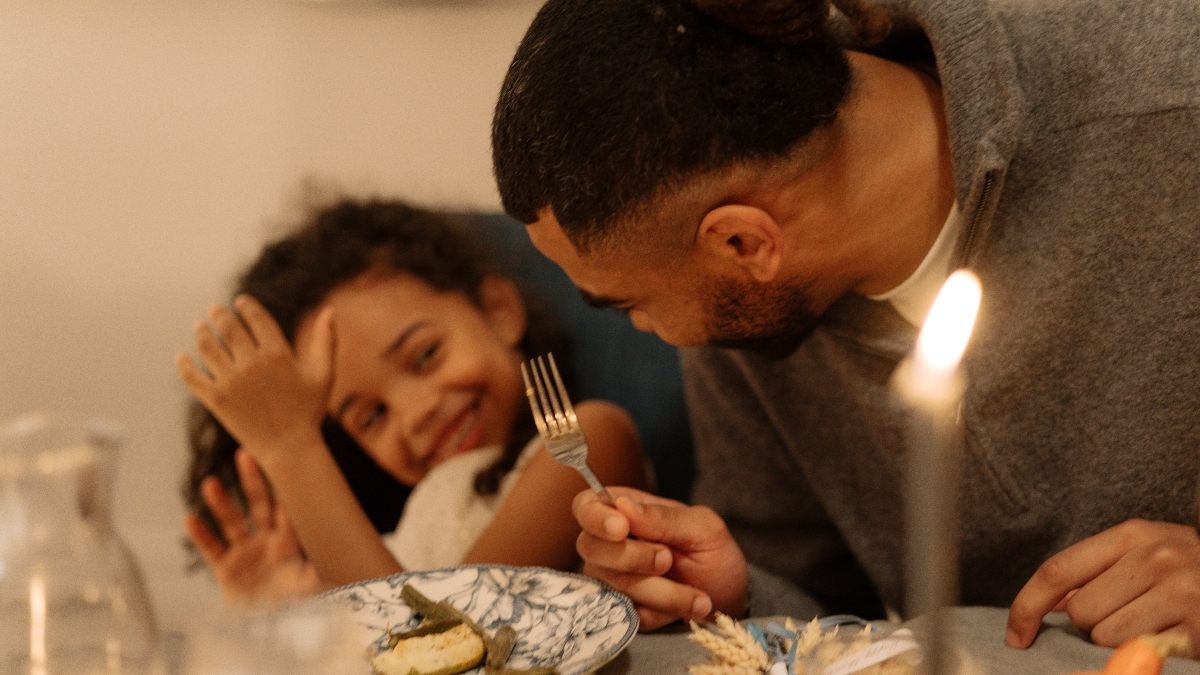
“Cultivate the habit of being grateful for every good thing that comes to you, and give thanks continuously. And because all things have contributed to your advancement, you should include all things in your gratitude.” — Ralph Waldo Emerson
Did you know that consciously practicing gratitude can help improve your physical and psychological health?
Did you know gratitude can enhance empathy, reduce aggression, improve self-esteem, and increase mental health?
Practicing gratitude is another vital component of iLEAD Agua Dulce’s approach to social-emotional learning (SEL), which is focused on whole-child development. Gratitude begins with increased awareness of our own experiences, and as we become more mindful we realize we have choices when it comes to our emotions.
And here’s the thing: Gratitude is not just about being thankful; it’s about showing appreciation and returning kindness to others. Another facet of gratitude is the expression of appreciation, when we become active by doing something to show we are thankful. A 2019 study published in the Journal of Happiness Studies found that gratitude is linked to happiness in children by age five. By instilling in learners early on the importance of gratitude, we are empowering them for a much fuller life.
There are four components to gratitude, as identified by UNC Chapel Hill’s Raising Grateful Children Project:
Gratitude helps support social communication because it helps us understand others’ feelings, practice empathy, and learn the social power of kindness and appreciation. It also supports emotional development. Gratitude helps kids notice what makes them feel good and take time to focus on that.
True gratitude isn’t an action that needs to be taken as much as it’s an attitude to be cultivated so that gratefulness and kindness can become natural responses in our lives. Gratitude doesn’t simply happen; it must be practiced. And when it is, it has the power to change lives. Kids who know how to show appreciation, thankfulness, and kindness are kids who can — and will — change the world.
Watch: On Gratitude
Our iLEAD Agua Dulce Thrive Club will be hosting a Holiday Rummage Sale December 10-13! We are now accepting donations to support our sale. You may drop off items in… Read More
Help iLEAD Agua Dulce raise funds with See’s Candy Winter Fundraiser! Order forms and payment are due by December 1 Candy orders should be ready for pickup by December 15… Read More
Please join us for iLEAD Agua Dulce High Schools’s 3rd Annual Chili Cookoff. Meet us in the Village on December 18 from 11:30 AM to 1:30 PM to sample all… Read More
